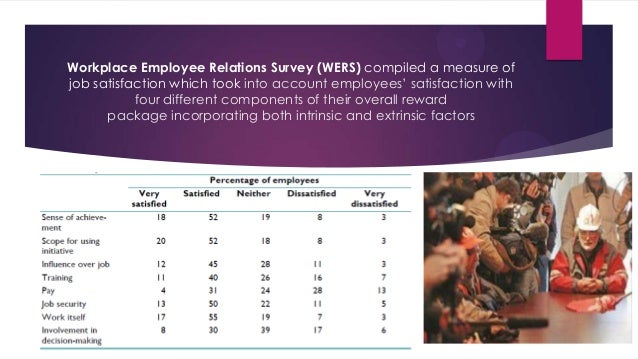conflation between employer and employee – Employee Relations
Employee or employment relations are concerned with managing and maintaining the employment relationship, which involves handling the pay work bargain, dealing with employment practices, terms and conditions of employment, issues arising from employment, providing employees with a voice and communicating with employees. They consist of the approaches and methods adopted by employers to deal with employees either collectively through their trade unions or individually (Armstrong, 2014) The Trust between employer and employee is a significant fact in employee relations as level of trust within and between groups can change relationship in the work place and it is easy to violate, damage or lose the trust but it is difficult to build trust as trust can both evolve and dissolve as relationship change. (Skinner & Searle, 2011)
Deakin & Morris (2012) describe trade unions as the gatherings of people who accumulate the interests of their workers against the company that may look chances to achieve the interests of the employees.
A quality ER results in employees by mitigating employee’s dissatisfaction such as absenteeism, employee turnover, working to rule etc. improves employee loyalty within the organization. Also, the organization getting benefits such as improving business outcome, cost effectiveness etc. (Leat, 2012)

https://image.slidesharecdn.com/hrmppt-140327023921-phpapp01/95/employee- relations-7-638.jpg?cb=1395888308
References: -
Armstrong, M., (2014) Hand Book of Human Resource Management, Pages 260- 13th Edition. Kogan Page. London.
CIPD, (2017). CIPD. [Online]
Available at: https://www.cipd.co.uk/knowledge/fundamentals/relations/employees/factsheet
Available at: https://www.cipd.co.uk/knowledge/fundamentals/relations/employees/factsheet
[Accessed 06.07.2018].
Deakin, S. F. & Gillian S. Morris, 2012. Labour Law.6th edition.
Skinner, D. & Searle, R. (2011). Trust and Human Resource Management. Chelthenham: Edward Elgar Publishing.
.Leat, M. (2012). Exploring Emlpoyee Relations. Oxford: Butterworth-Heinemann.
Good article and nice work..
ReplyDeletethanks kamal.
Deletewell structured essay
ReplyDeletethanks Chris.
DeleteInteresting essay.
ReplyDeletethanks Sachithra.
Delete